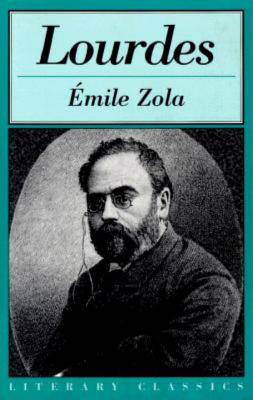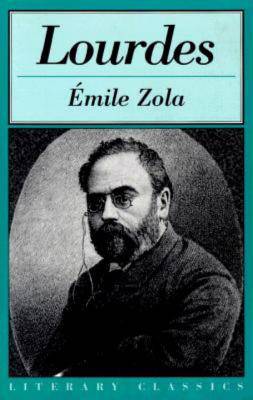
- Afhalen na 1 uur in een winkel met voorraad
- Gratis thuislevering in België vanaf € 30
- Ruim aanbod met 7 miljoen producten
- Afhalen na 1 uur in een winkel met voorraad
- Gratis thuislevering in België vanaf € 30
- Ruim aanbod met 7 miljoen producten
Zoeken
Omschrijving
In this moving depiction of a pilgrimage to Lourdes, the master French realist has created a novel of vivid characters and subtle commentary on suffering and the belief in miracles as the last desperate refuge from pain. Based on his own trip to the fabled grotto, the novel follows a simple five-part structure corresponding to the five-day train trip from Paris to Lourdes and back. Zola's brilliant observational powers are at their best as he moves from character to character describing in great detail the physical effects of their illnesses, their hopes, beliefs, fears, and above all endurance. The great novelist himself makes a brief appearance in the story, disguised as a skeptical reporter whose probing questions embarrass a doctor in charge of verifying the alleged miracles. In the end, amidst the tumult of emotions whipped up by religious fervor a miracle of a sort does take place, a psychosomatic cure of a woman suffering from hysterical paralysis. To a few skeptical observers in the entourage the event is a predictable natural occurrence, but to the majority of simple believers it is proof of divine intervention. In our age of televangelists and faith healers, this story has lost none of its relevance.
Specificaties
Betrokkenen
- Auteur(s):
- Uitgeverij:
Inhoud
- Aantal bladzijden:
- 504
- Taal:
- Engels
- Reeks:
Eigenschappen
- Productcode (EAN):
- 9781573928281
- Verschijningsdatum:
- 1/05/2000
- Uitvoering:
- Paperback
- Formaat:
- Trade paperback (VS)
- Afmetingen:
- 137 mm x 212 mm
- Gewicht:
- 562 g

Alleen bij Standaard Boekhandel
+ 44 punten op je klantenkaart van Standaard Boekhandel
Beoordelingen
We publiceren alleen reviews die voldoen aan de voorwaarden voor reviews. Bekijk onze voorwaarden voor reviews.











